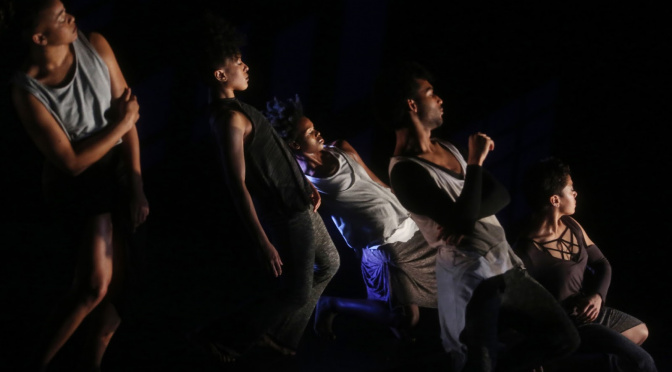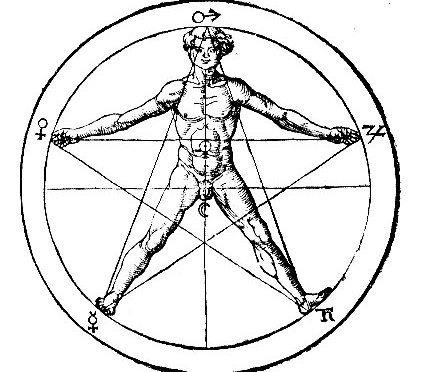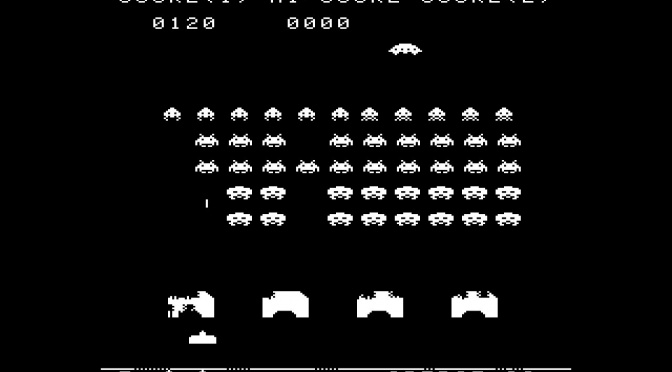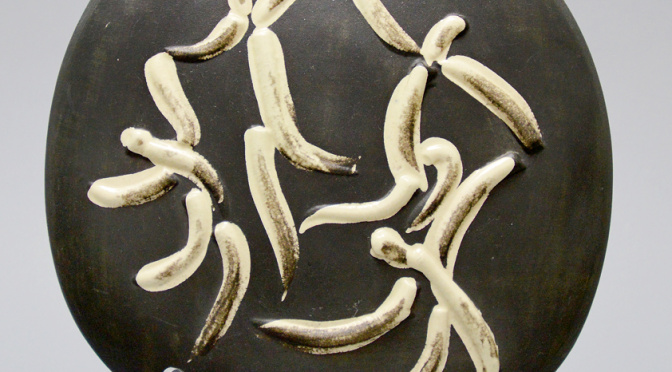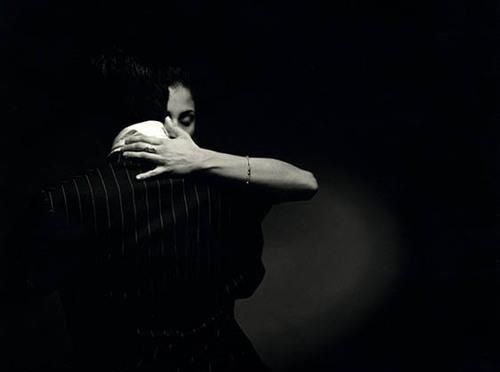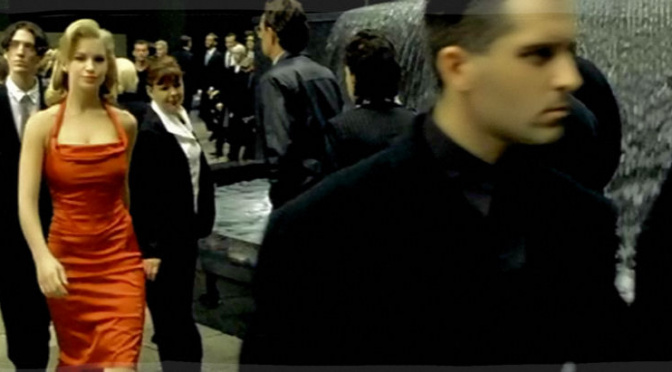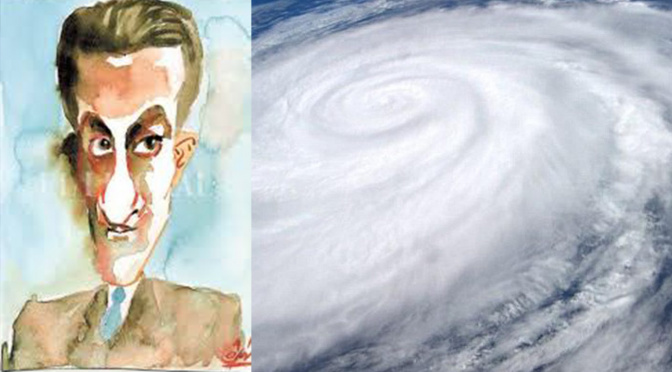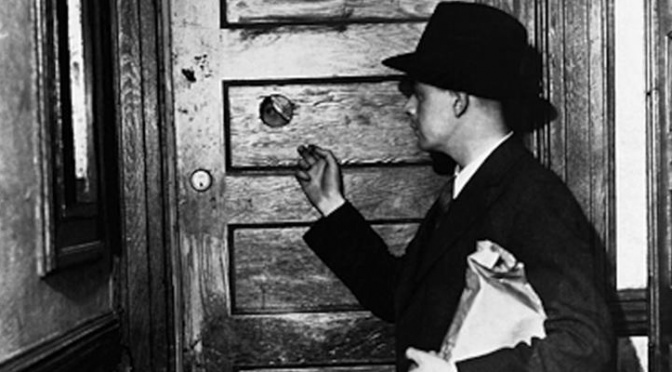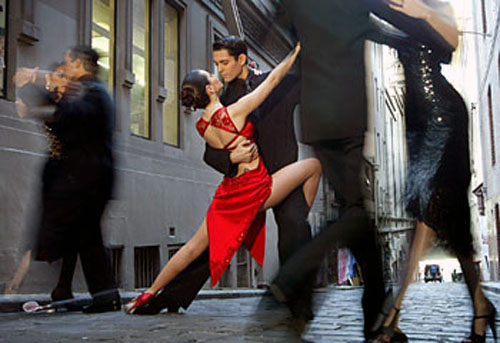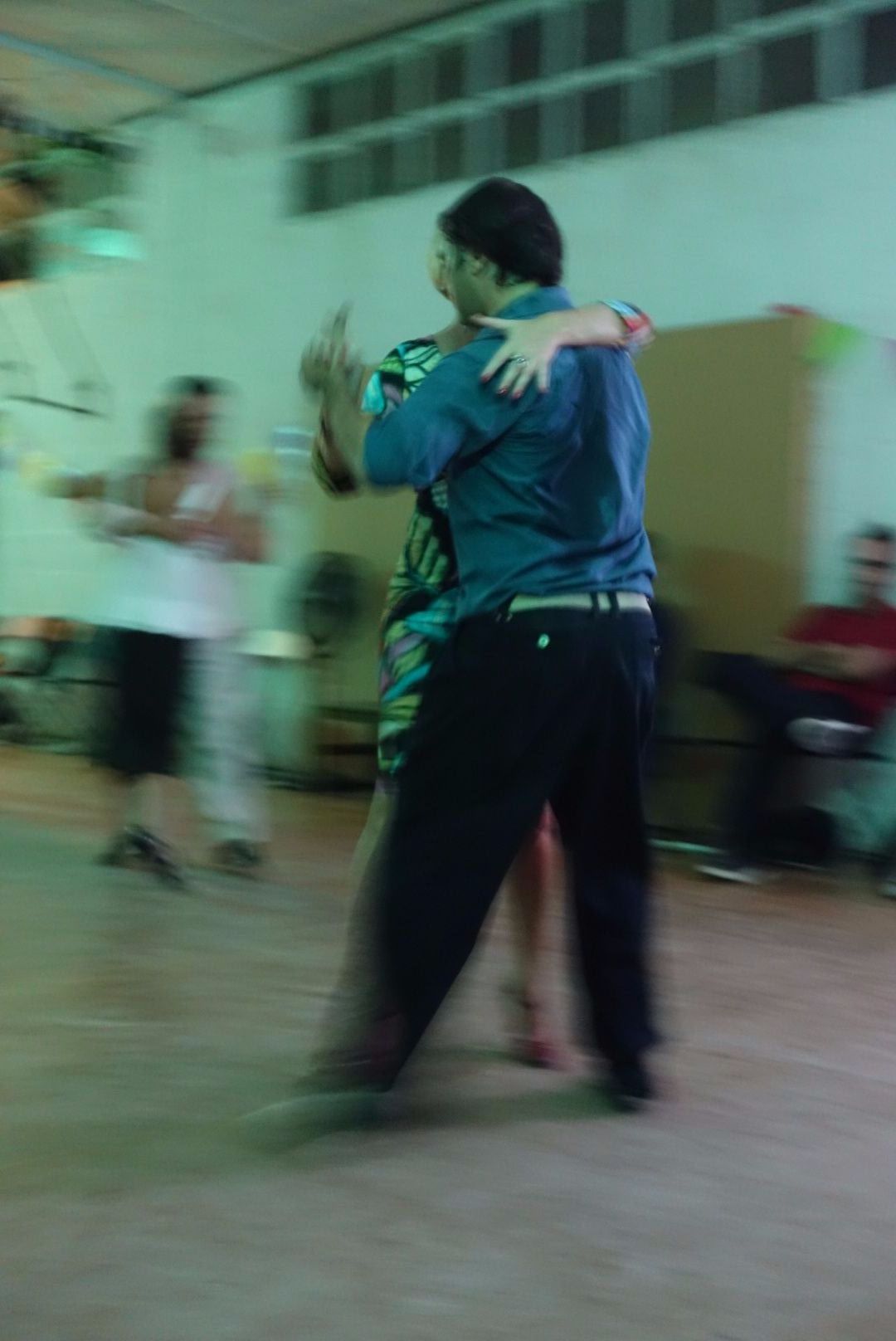As an intermediate Tango student with 5 years of study it seems like I have already been hearing the concept of Tango conversations for forever.
I guess that for about 2 years now I have been improving my listening skills. Of course – it is critical to learning and I have great teachers. I have also been working a lot recently on focus.
But at my current skill levels it seems all I can create is not a conversation in any meaningful sense – but more like a series of alternate monologues.
I suggest that the follower pauses, they do, I give them time, they do something. I lead them out of that and then I suggest something else – or perhaps they do.
So I do something and then it just endlessly repeats like some demented game of ping pong – until the 12 minutes are up and the TJ calls time out.
I accept that this sounds like a conversation. I speak, you speak, I speak.
But it frustrates me. Real conversations – or at least good ones – evolve as they go. Things said ripple over time and impact the next statements. The conversation reaches a conclusion based on what we actually said. The mood changes. We play and interact.
We react to each other not just because it is “my turn” but based on what the other person just communicated to me. We listen and say something different based on that input.
And that is what I find is so lacking in my intermediate Tango. We all just do what we do when given a welcome chance to create something rather than just shoved about.
I kind of guess at 2 more years. Maybe by then I will find the skill to have an actual conversation that leads somewhere that is new for both of us.
That would be wonderful, playful and creative.

